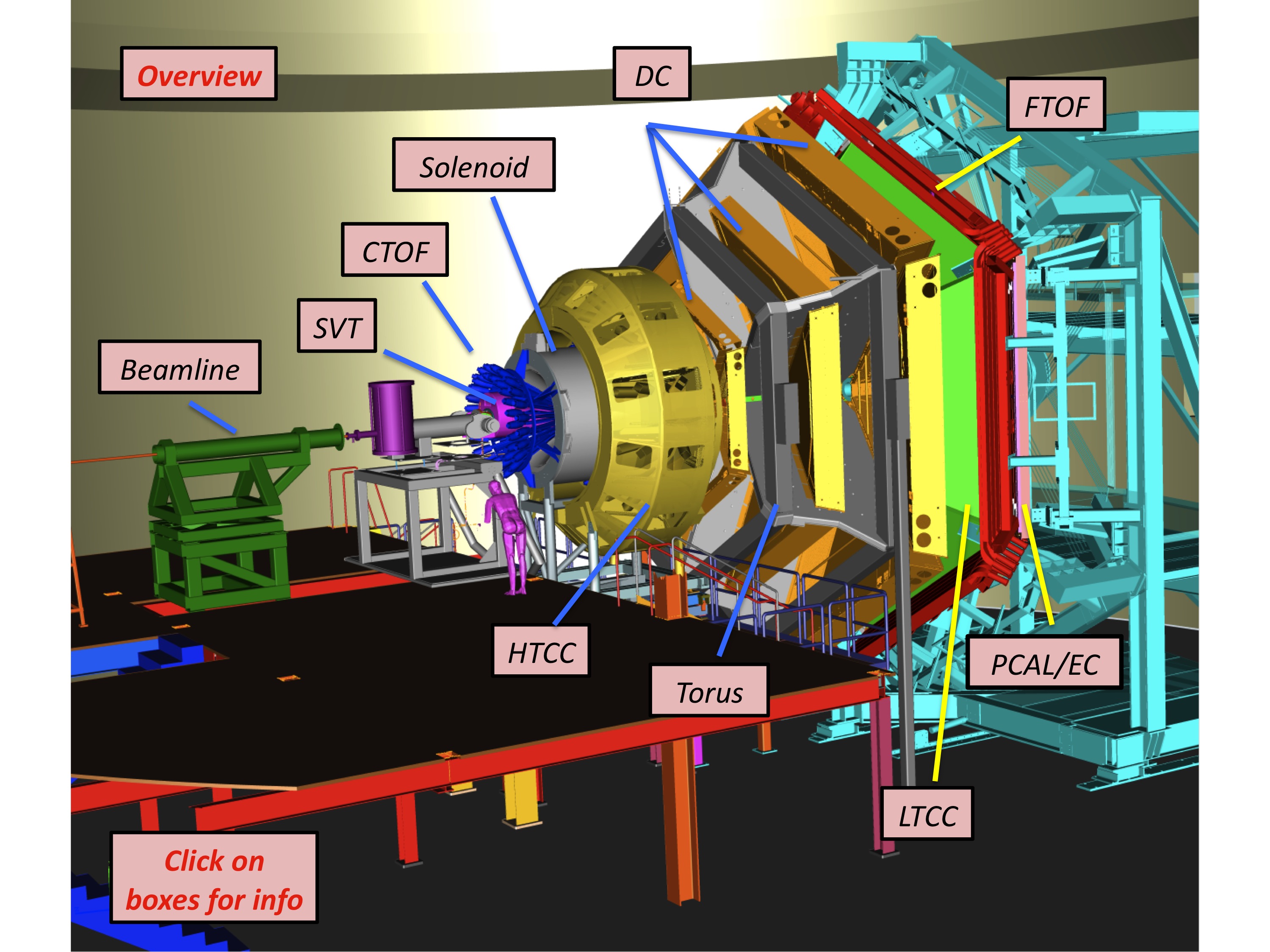JEFFERSON LAB SEARCH
*Use spaces between key words, no punctuation needed *Sign In for authenticated content
-
2015
- Or Hen - Israel Physical Society prize for excellent graduate student in experimental physics
- Kyungseon Joo - Fulbright Scholar
2014
- Phil Cole - Fulbright Scholar
- Michel Guidal - Received Joliot-Curie prize from the Société Française de Physique
- Stepan Stepanyan - Fellow of the American Physical Society
- Reinhard Schumacher - Fellow of the American Physical Society
- Enzo DeSanctis - elected Emeritus Fellow of Italian Physical Society
-
-
Operation and Run Information
-
-
Computational Sciences and Technology (CST) Division



